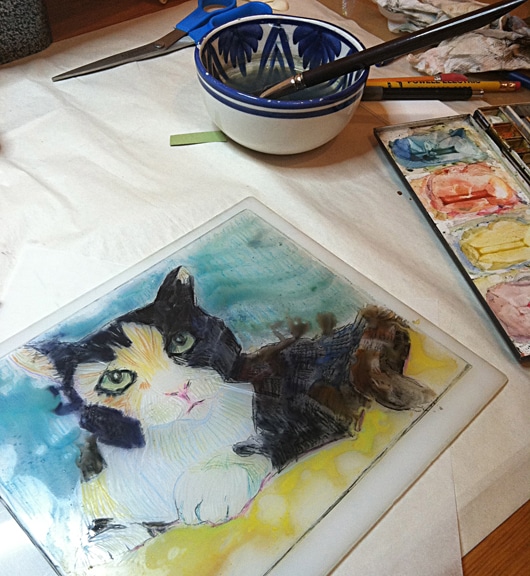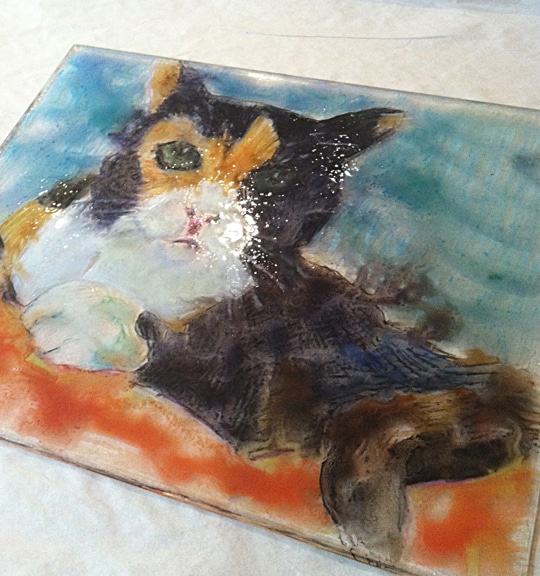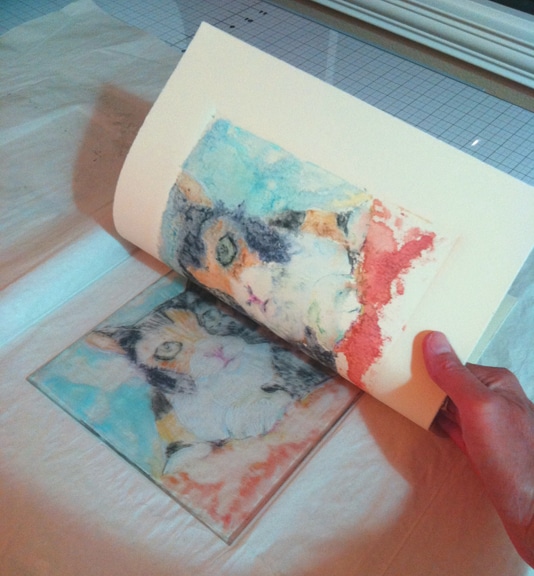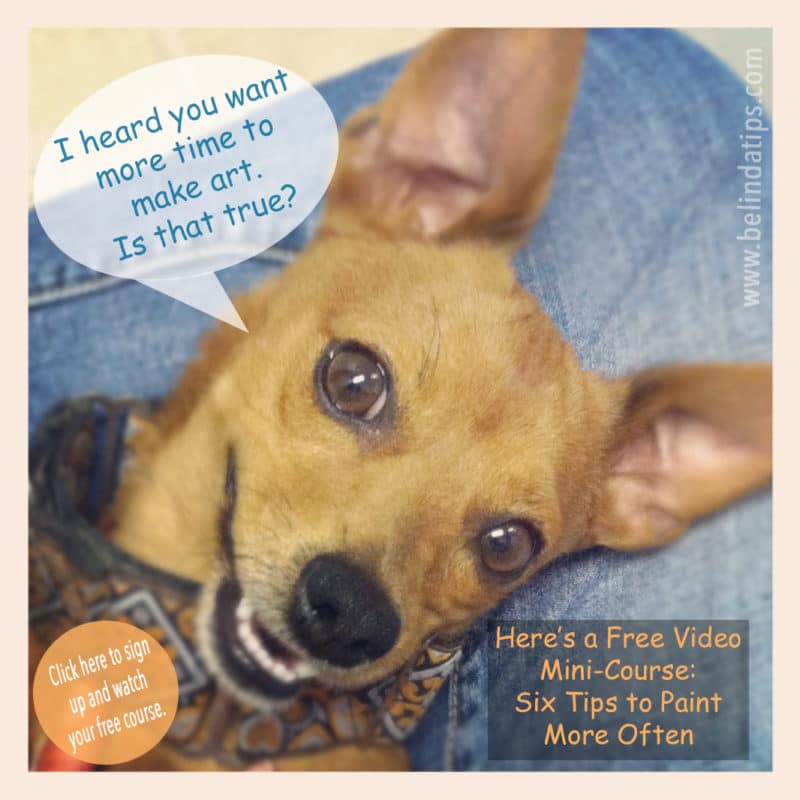Procrastination Steals Art-Time
Here is a list of share worthy articles to help set your upcoming art plans into action, written boldly, and then pinned prominently in your work space.
Do you make art plans for yourself, and then procrastinate till you run out of time? And then you toss the goal in the Maybe Later bin?
This article outlines methods to tackle procrastination by understanding what that stall and delay is made of. If we unfold and examine the paper fan blocking the view of our own goals, we might be able to smooth the paper folds enough to re-write the plan, and follow through.
When we procrastinate and put in less effort, we’re doing it as a form of self-protection, according to Voge. That way, if we earn a bad result, it doesn’t mean we’re not talented, able or worthy; we were just too busy or distracted to do our best.
Daryl Chen

Nine Things to Give up for your Art
- This piece lists nine things you should give up in order to be a successful artist. Several artists I follow are cited in this article, and the message echoes the same struggles I’ve written about here many times.
Successful artists don’t frame things around “not enough.” There is never enough time, not enough money, not enough confidence, not enough of whatever it is at that moment to make or do what you need to do to be a successful artist.
Artwork Archive

Adding layers of watercolor (gently – one pass of the brush) on the darkest areas of the cat. And letting the paint pool and mix on the aqua-colored background. Trying to control the process in monotypes too much will lead to frustration, so it’s best to take a deep breath, and let yourself Play.
Monotype Printmaking Collections in American Art
- Antique and Fine Art magazine published an anniversary edition in 2015, featuring a detailed overview of monotypes made by historic artists like Degas, Prendergast, Cassatt and Merritt-Chase. It’s been digitized so you can see the monotypes, and read the article – American Monotypes in the Baker Pisano Collection – here.
Of all the print processes, monotype is the most spontaneous and simple. Its ability to capture a deft stroke of the artist’s hand gives it great appeal to the skilled sketcher, while its simplicity makes it an ideal platform for the sorts of experiments that have intrigued American artists.
Andrew Stevens


After a trip through the press, a fair amount of water-soluble crayon and the watercolor released from the plate, and transferred to the paper. When the pigments dried the next day, I enhanced contrast with watercolor, but left it pretty loose, resulting in the monotype at the top of this post.
Water Soluble Wax Crayon Options
Monotype printmaking options are endless, and very exciting. Below, I’ve listed some of the water soluble wax and/or oil based pigments you can consider for your next monotype experiments. If you have a monotype party, share your results and let us know how it went.
Thanks for stopping by today, and I’ll see you in the next post!
Belinda
P.S. Sign up here to be notified when my Monotype Printmaking Course series is released. The first video course is an introduction to Dark Field Monotype. The second is Light Field Monotype. All of them use hand transfer (no press).

Art Quote
It’s worth remembering that if someone knows how to do something, that means, with sufficient effort, you could probably learn it too.
Seth Godin
You might not be willing to put in the time and effort, but it’s learnable.
“I went to art school. That means that everything I can do with a pen you can learn to do as well.” Alex Peck.


